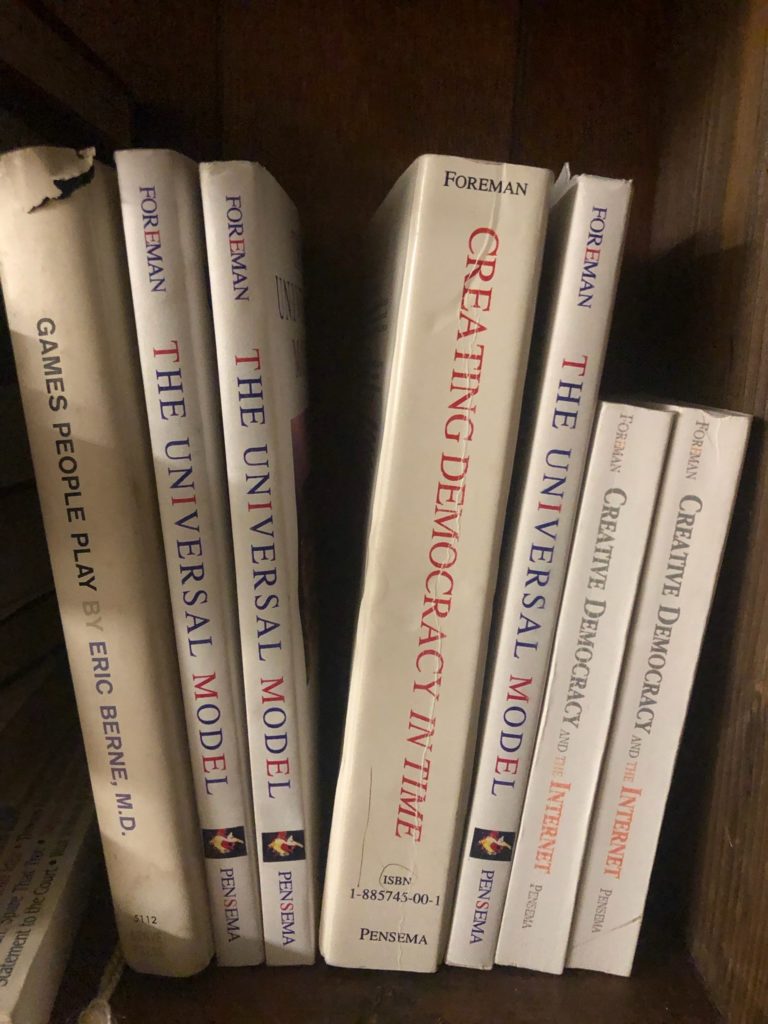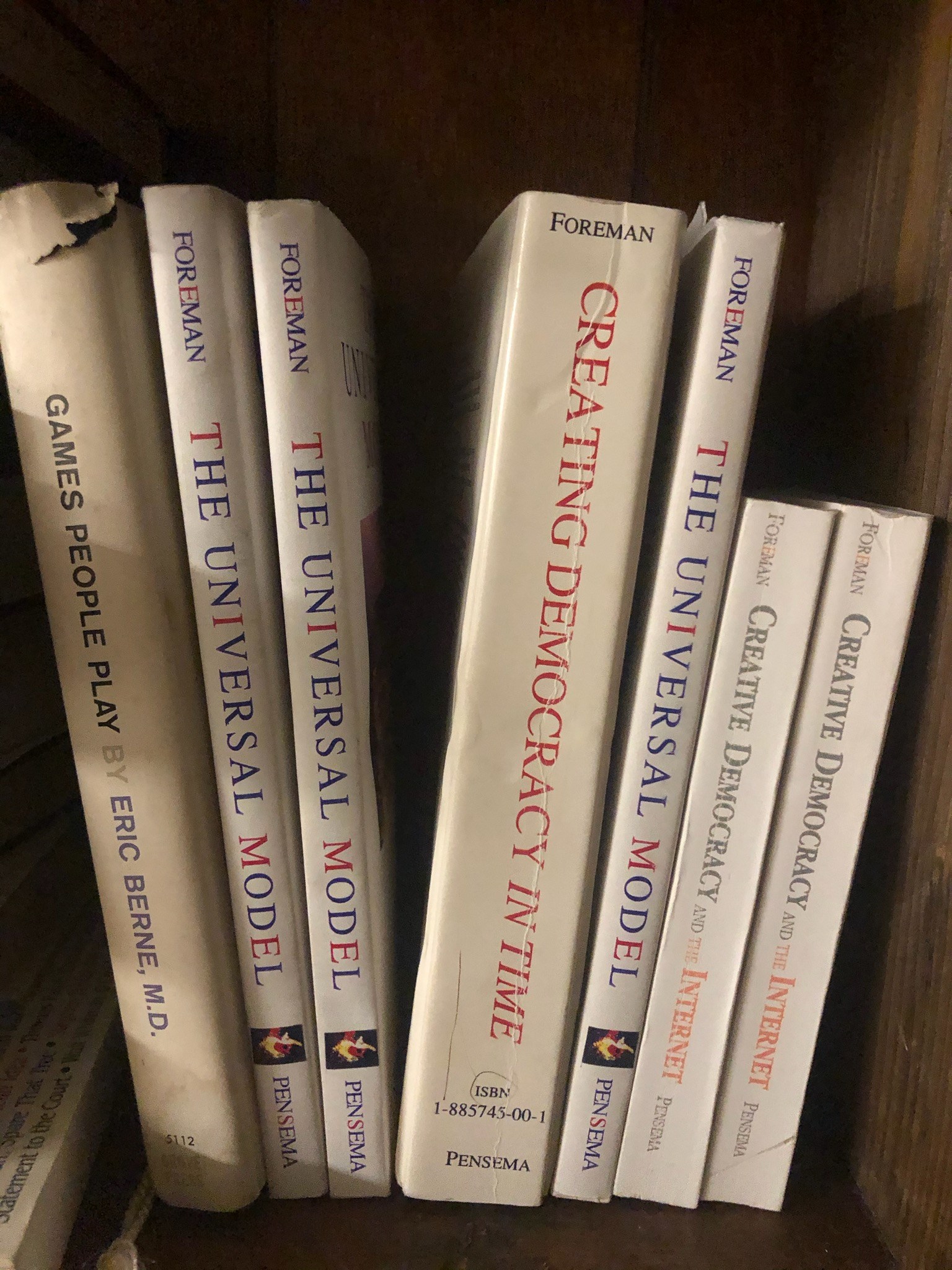Will Foreman

A Top Ten Issue for Our Time: Democratic Representation of Women and Minorities
Minority ethnic, racial, and other identity groups–and small political parties–in the United States have notably less representation.
Most new democracies opt for some form of proportional representation modeled after those practiced in Western Europe. One way of measuring the effectiveness of different forms of representation is to count the percentage of eligible voters who help elect candidates of their choice. In the 1994 elections to the U.S. House of Representatives only about 22% of eligible voters helped with their votes to elect candidates. In contrast, over 75% of Germany’s eligible voters in their 1994 elections with their system of proportional representation helped to elect candidates. At the same time German voters had a far wider range of choice than the typical choice between two candidates provided U.S. Voters.
Proposed Solution: proportional representation for all minorities, small political parties, and both genders tends to bring more people into the political process and would result in dramatically improved decision-making by our legislative bodies. Proportional representation for at least one house in every bicameral legislature would satisfy minimal requirements for fair representation and would not require an amendment to the federal constitution. Preference score” voting methods (ways of voting whereby a person is able to rank preferred choices) also provide results that more accurately reflect the people’s choices.

